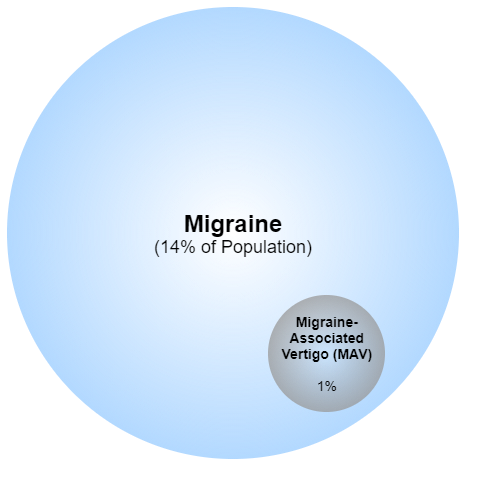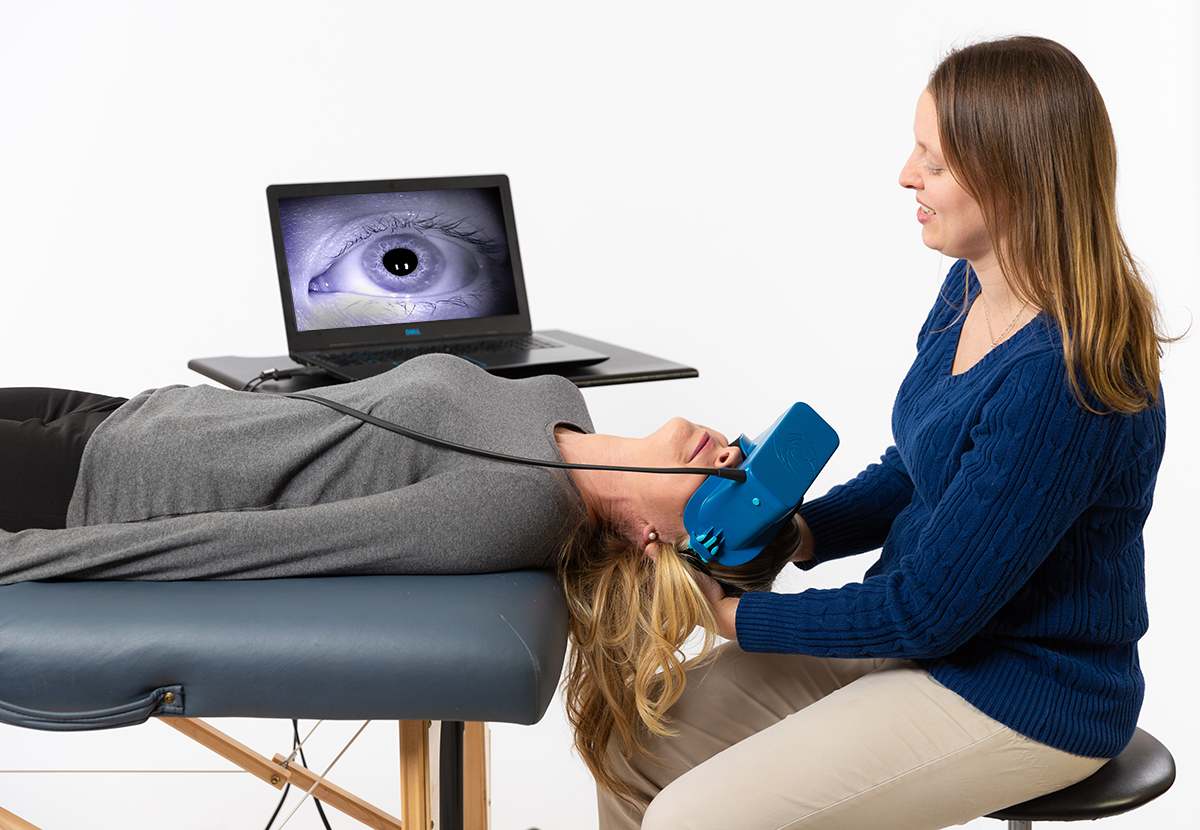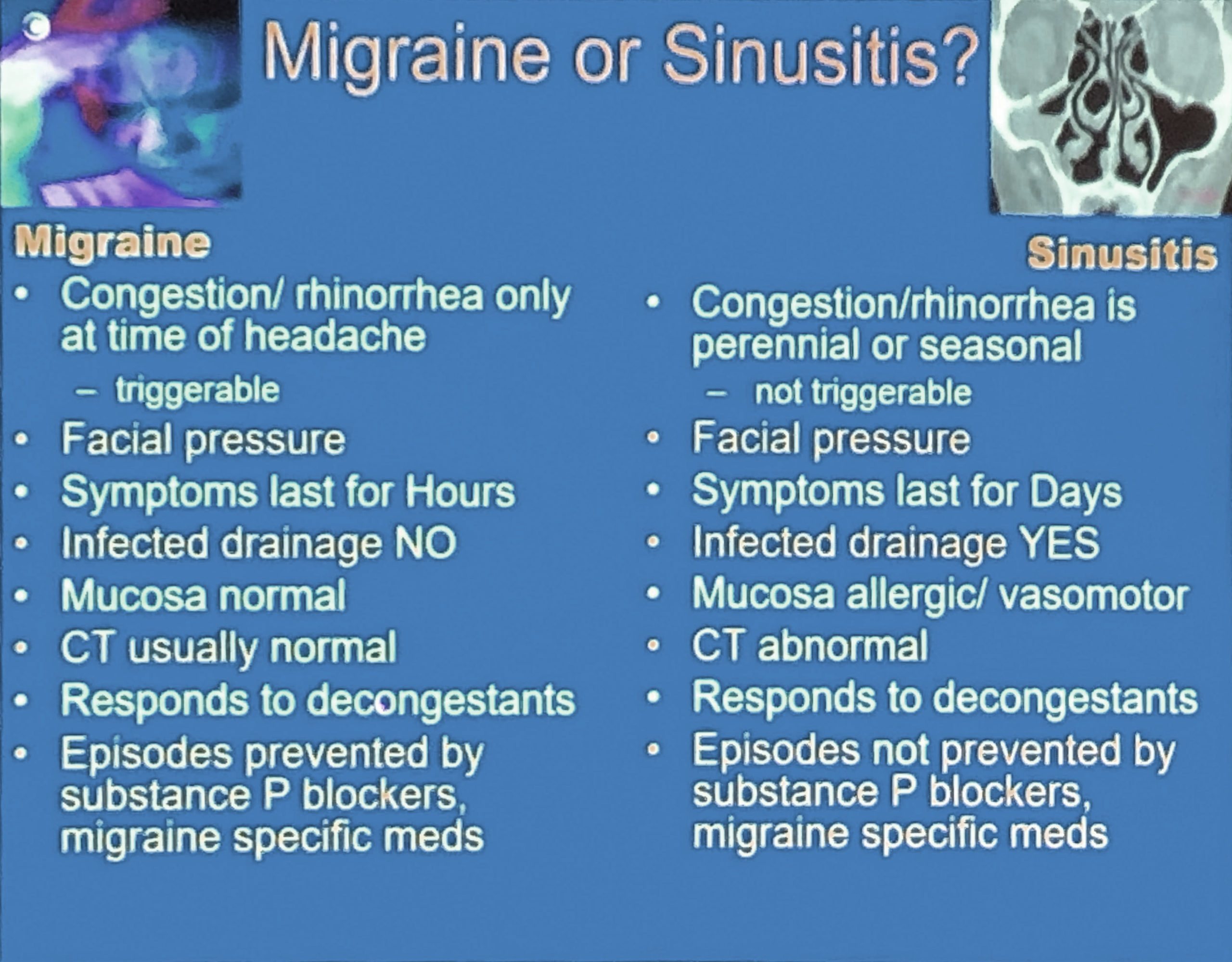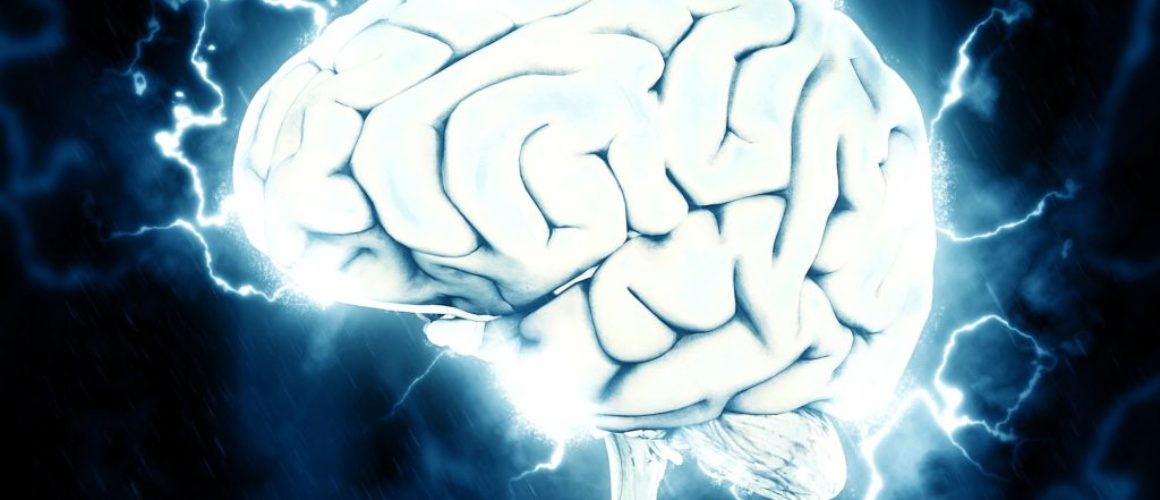vestibular migraine clinical pearls practice tips
What is a Migraine?
In the most simple terms, any migraine can be understood as a “cranky brain.” This brain is hypersensitive to stimulus, puts patients in a state of abnormal sensory processing, and creates an environment where exposure to triggers can be additive until a patient crosses the “threshold” into migraine mode. Migraine is thought to be a neurovascular pain syndrome with altered central neuronal processing (activation of brain stem nuclei, cortical hyperexcitability, and spreading cortical depression) and involvement of the trigeminovascular system (triggering neuropeptide release, which causes painful inflammation in cranial vessels and the dura mater).
What is a Vestibular Migraine?
While it is still not fully understood like regular migraines, Johns Hopkins has published a excellent vestibular migraine guide to help differentiate. The main takeaways are:
- Vestibular migraine can cause vestibular or balance symptoms with or without an actual headache
- There is almost always a history of motion sensitivity (such as car sickness) since childhood, and migraine headaches at some point in the person’s lifetime, even if they last occurred decades ago
- Vestibular migraine isn’t fully understood but seems to result from overlapping pathways that modulate pain and vestibular inputs into the brain
- It is common for vestibular migraine, Méniére’s disease and BPPV to coexist, which can make diagnosis and treatment even more challenging
Clinical Pearl 1
How Common Is Vestibular Migraine?
About 14% of the world population has migraines, and about 1% of those have Migraine-Associated Vertigo (MAV). In case 1% sounds like a low number of patients with MAV, that equates to well over 78 million people worldwide and over 3 million in the US alone. How do we diagnose this elusive condition, when there are no current biological markers or imaging that can “show” that a patient is having vestibular migraines? Try to see if the patient fits the Diagnostic Criteria, published in 2012 by the Barany Society and the International Headache Society. It is important to be aware that these patients DO NOT have to have a headache every time to be having a vestibular migraine!

Clinical Pearl 2
What can we expect to see with our vestibular exam in patients with likely vestibular migraine?
The answer is lots of positive tests, all negative tests, or anything in between!
In one study published in Headache, (Beh et al. 2019) found that the neuro‐otologic examination between vestibular migraines was abnormal in 56/131 (42.7%) of patients, with the following tests most likely to be positive:
- Hyperventilation‐induced nystagmus
- Head‐shaking‐induced nystagmus
- Positional nystagmus
- Vibration‐induced nystagmus (Dumas 2016)

Clinical Pearl 3
Are there any other factors to consider?
Research indicates that the same gene that increased adaptation to cold temperatures made people more susceptible to migraine, which may be why there are more people with migraine at higher latitudes on earth (88% in Finland vs, 5% in Nigeria, for example).

Dig Deeper!
Learn more about the metabolic science surrounding the current theories of the pathophysiology of migraine? Check out this research published in Nature to learn more!
Practice Tips
Trigger Identification
Encourage your patients with vestibular migraine to work to identify and avoid or minimize provocation factors:
- Here are some great tips from the American Migraine Foundation on how to reduce symptoms.
- The American Headache Society provides some great resources including templates for diaries to track symptoms and possible related triggers.
- This is a comprehensive education piece by the Vestibular Disorders Association that goes into many aspects of vestibular migraine presentation and treatment.
Treatment Options
- Education – Show your patients this helpful video on when to go to the ER with a migraine and what to expect when there, by Penn neurologist and migraine specialist Dr. Katherine Hamilton.
- Regular exercise – Interestingly, a study by Lee et al. (2015) showed that exercise suppresses the COX-2 pro-inflammatory pathway. A systematic review by La Touche et. al (2020) showed that there is low to moderate quality evidence that patients with migraine can decrease the pain intensity, frequency and duration of migraine while improving quality of life via aerobic exercise.
- Medical Treatment – If migraines cannot be managed by avoiding triggers and regular exercise alone, some patients require an abortive medication (taken at the first sign of migraine). Other patients also take prophylactic (ongoing for prevention/reduced recurrence) meds, such as this new IV med for migraine prevention. There are even new non-medication treatments showing promise, such as vagal nerve stimulation, although more research is needed. Always refer to a neurologist or primary care physician who is experienced with managing vestibular migraine for the best outcome in medical management.
- Sleep – Low sleep efficiency (increased time awake in bed vs. asleep) is associated with increased migraine frequency. Use the Sleep Hygiene Index (scoring info) to formally assess aspects of sleep issues for your patients to make a plan to address impaired sleep, including referral to a sleep specialist if appropriate.
NEWLY ADDED RESOURCE 2021-07-21: Learn more about The Migraine-Sleep Connection in this article by Slumber Yard. - Physical therapy – A study by Vitkovic et al. (2013) showed that a 9-week guided and individualized physical therapy program with 15 min daily HEP performance daily between in-person sessions resulted in clinically significant improvement despite >85% of patients having had symptoms >1 year. PT helped regardless of the concurrent medication regime.
- Manual therapy – A comprehensive systematic review and meta-analysis from 2019 showed that manual therapy was effective in improving patient quality of life in those with migraine headaches, although there was no data in this study regarding whether manual therapy could reduce dizziness in those with vestibular migraine. Several studies have shown that manual therapy can be effective in reducing cervicogenic dizziness (Li and Peng, 2015, Yaseen et al., 2018, Lystad et al., 2011), which can sometimes be concurrently present in a patient with vestibular migraine.
Sinus vs Migraine
Consider vestibular migraine among your patients who think their dizziness or headaches are “just from my sinus issues.” Here’s a handy differential diagnosis slide from Drs. Carey and Teixido, presented at the American Academy of Otolaryngology Conference in September 2019


